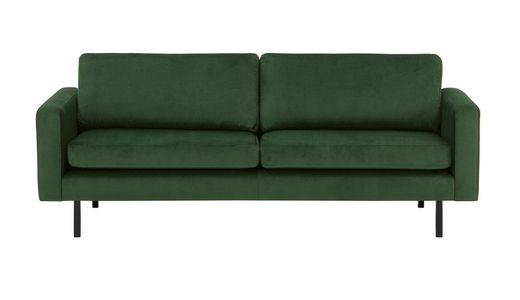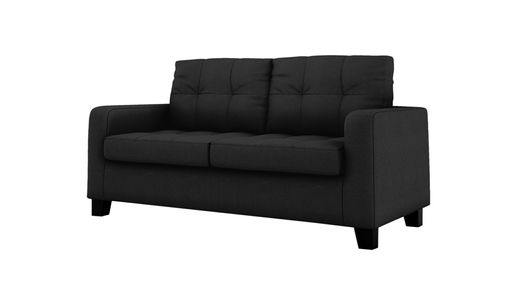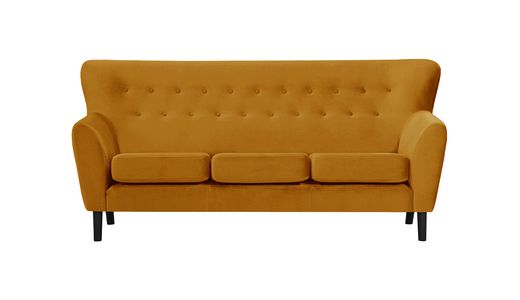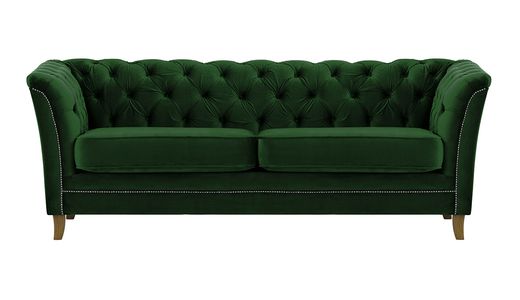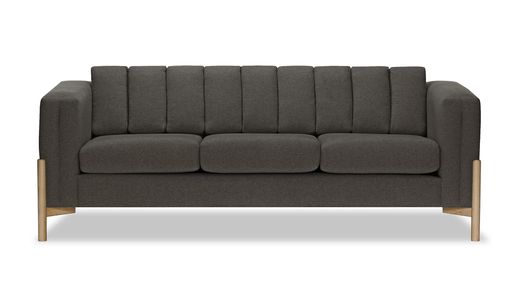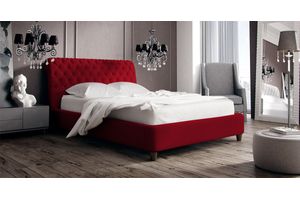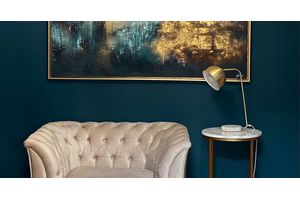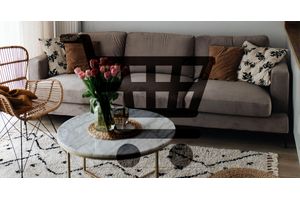
Sofa Buying Checklist: What to Consider Before Making a Purchase
Exploring the realm of sofa selection involves a systematic approach beyond personal tastes. This guide through the Sofa Buying Checklist outlines vital considerations for a thoughtful furniture investment. Navigating through style, size, comfort, and more, it ensures the chosen sofa seamlessly integrates into any living space, transcending its role as mere furniture.
Room Dimensions and Layout
Measure Twice, Purchase Once
The importance of meticulously measuring your room cannot be overstated. Begin by assessing the overall dimensions, ensuring that you consider the length, width, and height of the space where your new sofa will reside. This step provides a foundational understanding of the spatial requirements and prevents the acquisition of a sofa that might either dominate the room or be lost in its vastness.
Beyond mere dimensions, delve into the specifics of your room's layout. Consider the placement of doors, windows, and other pieces of furniture that cohabit the space. This meticulous approach ensures that your chosen sofa fits seamlessly into the room, creating a harmonious environment that facilitates both movement and visual balance.
Understanding the nuances of room dimensions and layout is particularly crucial for optimizing the flow of energy in the room. By strategically placing your sofa with architectural features and other furnishings, you can create a space that not only accommodates your new sofa but enhances the overall aesthetic appeal and functionality of the room.
Moreover, when it comes to measuring, precision is key. Utilize tools such as measuring tapes and laser devices to accurately gauge the dimensions of your room. This step ensures that the sofa you select aligns with the spatial constraints, avoiding the disappointment of a beautiful sofa that proves impractical due to size mismatches.
Sofa Style and Design
Defining Your Aesthetic
Selecting a sofa is not merely a utilitarian decision; it's an opportunity to express your style and contribute to the overarching design narrative of your home. The world of sofas offers an array of styles, from contemporary and modern to classic and eclectic. Understanding your aesthetic preferences is a fundamental step in the sofa-buying journey.
Consider the architectural style of your home as a guiding factor in determining the most suitable sofa style. A modern, minimalist sofa may seamlessly complement a contemporary space with clean lines and neutral tones. On the other hand, a classic, tufted sofa might find its perfect home in a more traditional setting with ornate details and rich color palettes.
Delving into the world of sofa designs entails exploring various elements, such as arm styles, back styles, and overall silhouette. These components contribute to the unique character of each sofa style. For instance, rolled arms and high backs exude classic elegance, while clean lines and low profiles embody a modern sensibility.
Consider the cohesion between your chosen sofa style and existing elements in the room. A cohesive design fosters a visually pleasing atmosphere. Harmonizing the sofa's style with other furniture, decor items, and architectural features ensures a unified and intentional look throughout the space.
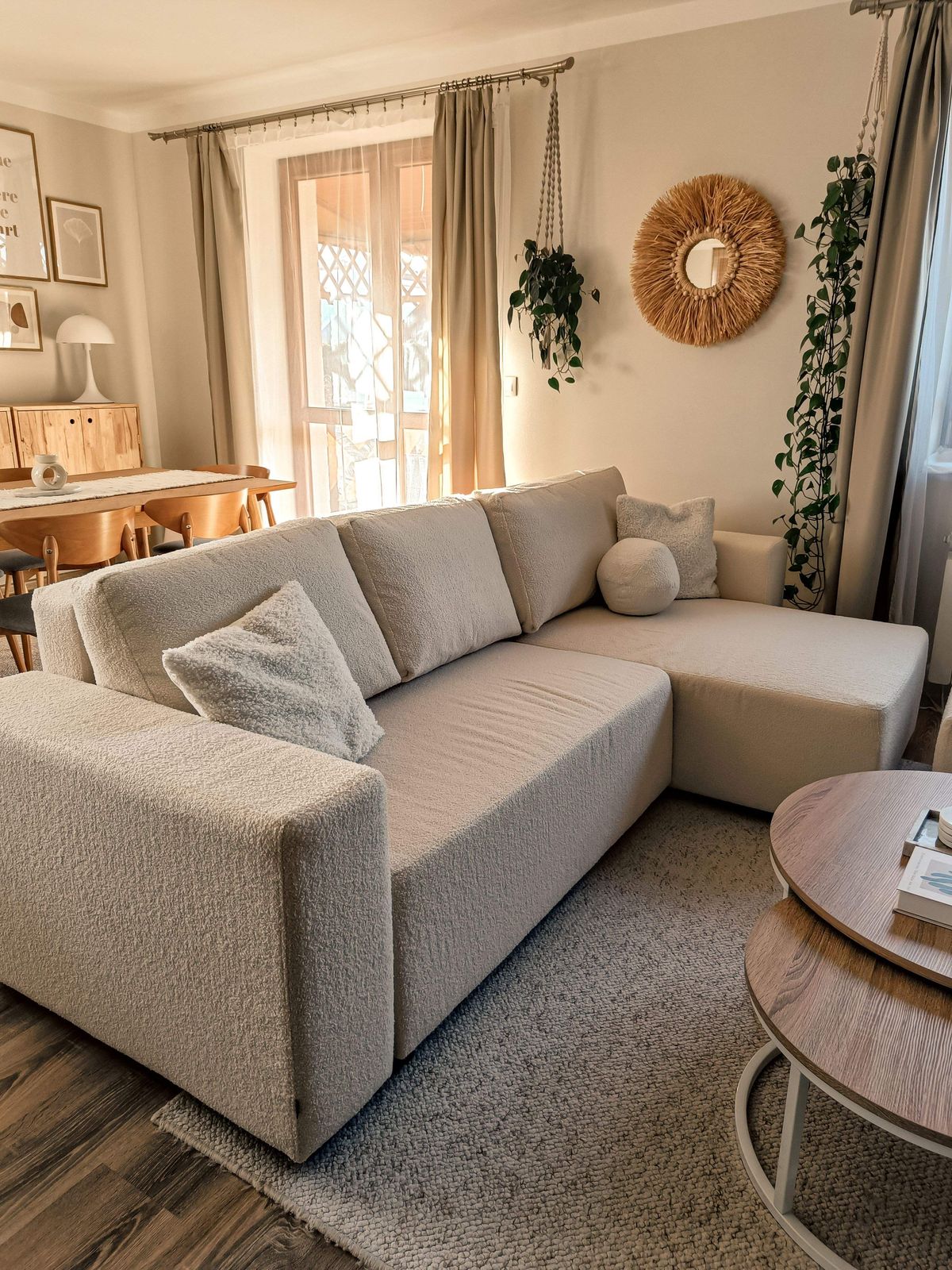
Beyond mere aesthetics, the functionality of the sofa style is a crucial consideration. For instance, a sectional sofa might be an optimal choice for a large, open living space, offering flexibility and defined seating areas. Conversely, a loveseat could be a charming addition to a cozy reading nook or a smaller living room.
Moreover, when exploring sofa styles, don't shy away from mixing and matching. The eclectic design embraces the combination of diverse styles, creating a unique and personalized look. Experimenting with juxtapositions can lead to unexpected yet delightful outcomes, turning your sofa into a statement piece that reflects your individuality.
In essence, defining your aesthetic when selecting a sofa is a holistic process. It involves a thorough understanding of your style, the architectural context of your home, and the interplay between various design elements. By embracing this exploration, you embark on a journey to curate a space that not only provides comfort but also tells a story of thoughtful design and intentional living.
Upholstery Material and Color
Aesthetic Appeal and Practicality
The selection of upholstery material for your sofa is a decision that intertwines aesthetic preferences with practical considerations. Upholstery not only defines the visual character of the sofa but also influences its comfort, durability, and maintenance requirements.
One of the primary considerations in upholstery is the type of material. Fabrics, leather, and synthetic blends each have their unique qualities, catering to different lifestyles and preferences. Understanding the characteristics of each material empowers you to make an informed choice aligned with your priorities.
Fabric Upholstery
Fabric sofas provide a diverse range of options in terms of colors, patterns, and textures. They are often favored for their softness and warmth. However, the type of fabric plays a significant role in the sofa's durability and maintenance. Natural fabrics like cotton and linen offer a comfortable feel but may require more care. Synthetic fabrics, such as polyester and microfiber, are known for their durability and stain resistance.
When considering fabric upholstery, delve into the specific weave, texture, and pattern. These elements contribute to the overall aesthetic appeal of the sofa. A textured fabric, for example, can add visual interest and depth to the sofa, creating a more dynamic and inviting presence in the room.

Leather Upholstery
Leather sofas exude a timeless elegance and sophistication. They are known for their durability, easy maintenance, and the unique patina they develop over time. However, The choice of leather extends beyond its practical benefits; it contributes to the sofa's and the room's overall aesthetic.
Consider the type of leather when selecting a leather-upholstered sofa. Full-grain leather, derived from the top layer of the hide, retains natural markings and variations, showcasing authenticity and character. Top-grain leather is another high-quality option, often sanded and finished for a more uniform appearance. Bonded leather, a blend of leather fibers and synthetic materials, offers a cost-effective alternative.
Explore different leather finishes, such as aniline or semi-aniline, to achieve the desired level of sheen and color richness. Aniline leather, with minimal processing, retains the natural look and feel, while semi-aniline adds a protective coating for enhanced durability. SLF24 offers a wide range of leather sofas such as Plia 3 Seater Sofa or Cool 2 Seater Sofa.
Synthetic Blends
Synthetic blends, combining natural and man-made fibers, offer a middle ground between fabric and leather. These blends aim to provide the best of both worlds, offering durability, comfort, and a diverse range of style options. Materials like polyester blends and microfiber are popular choices for those seeking a balance between affordability and performance.
Beyond material considerations, the color of the upholstery plays a pivotal role in the sofa's overall aesthetic impact. Whether you opt for a bold, statement color or a neutral, timeless hue, the choice of color sets the tone for the entire room. Consider the existing color palette in your space and aim for a cohesive look that enhances the overall design harmony.
The importance of color extends beyond mere visual appeal; it also influences the perceived size and mood of the room. Lighter colors tend to create a sense of openness and airiness, making them suitable for smaller spaces. Darker colors, on the other hand, can convey a sense of coziness and intimacy, especially in larger rooms.
Moreover, the color of the upholstery interacts with natural and artificial light in the room. Consider how the sofa will look in different lighting conditions throughout the day. If your room receives ample natural light, vibrant colors may appear more dynamic, while muted tones can exude sophistication in subdued lighting.
In essence, the consideration of upholstery material and color involves a delicate balance between aesthetic preferences and practicality. By understanding the unique qualities of different materials and the impact of color on the overall design, you can make a conscious and informed choice that aligns with your vision for the perfect sofa.
